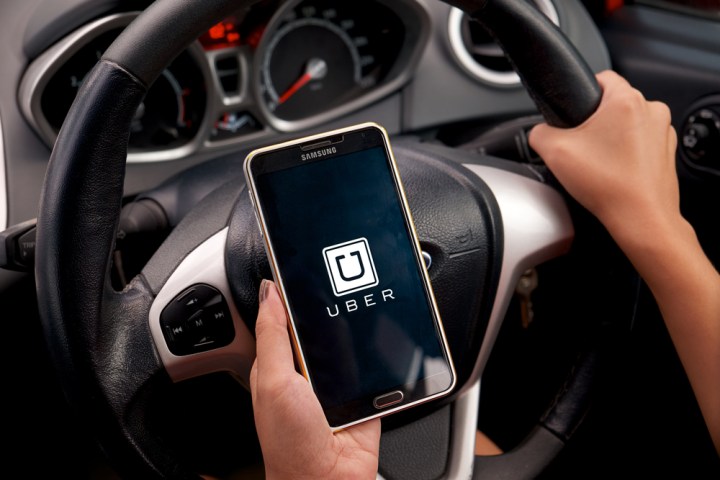
Uber refuted the claim, but immediately shot back with a similar accusation, saying Lyft had pulled the same stunt with almost 13,000 Uber rides.
Two years on and ride-sharing companies are still accusing one another of using the same dishonorable tactic, except now the controversy has gone global and this time is so big it makes the Uber-Lyft feud look like a love-in.
In fact, the situation appears to have become so serious for Uber’s India operation that the company has decided to take the matter to court.
Uber is accusing its main rival in the country, an outfit called Ola, of booking and cancelling not 5,000 rides, not even 13,000, but a colossal 400,000.
As a result, it’s filed a lawsuit in Delhi’s High Court requesting an injunction against Ola and $7.4m in damages. However, Ola is determined to fight the case, dismissing Uber’s accusations as “frivolous and false.”
The case is certain to receive much attention when it’s heard in September as it marks the first time Uber has gone to court on the issue, whether as an accuser or as the accused.
Uber says Ola created more than 90,000 fake accounts from which it made the 400,000 fake bookings.
But Ola’s having none of it, describing the U.S. company’s action as “an effort to divert attention from the current realities of the market where Uber has faced major setbacks.” These setbacks include having more than 60 of its two-wheel vehicles seized recently by the authorities in Karnataka in the south-west of the country for operating without permission. Uber has also had to deal with damaging publicity in the country after one of its drivers was jailed for life last year for the rape of a passenger.
Uber, however, is determined to crack the potentially lucrative Indian market, investing $1 billion there in the last nine months alone.

